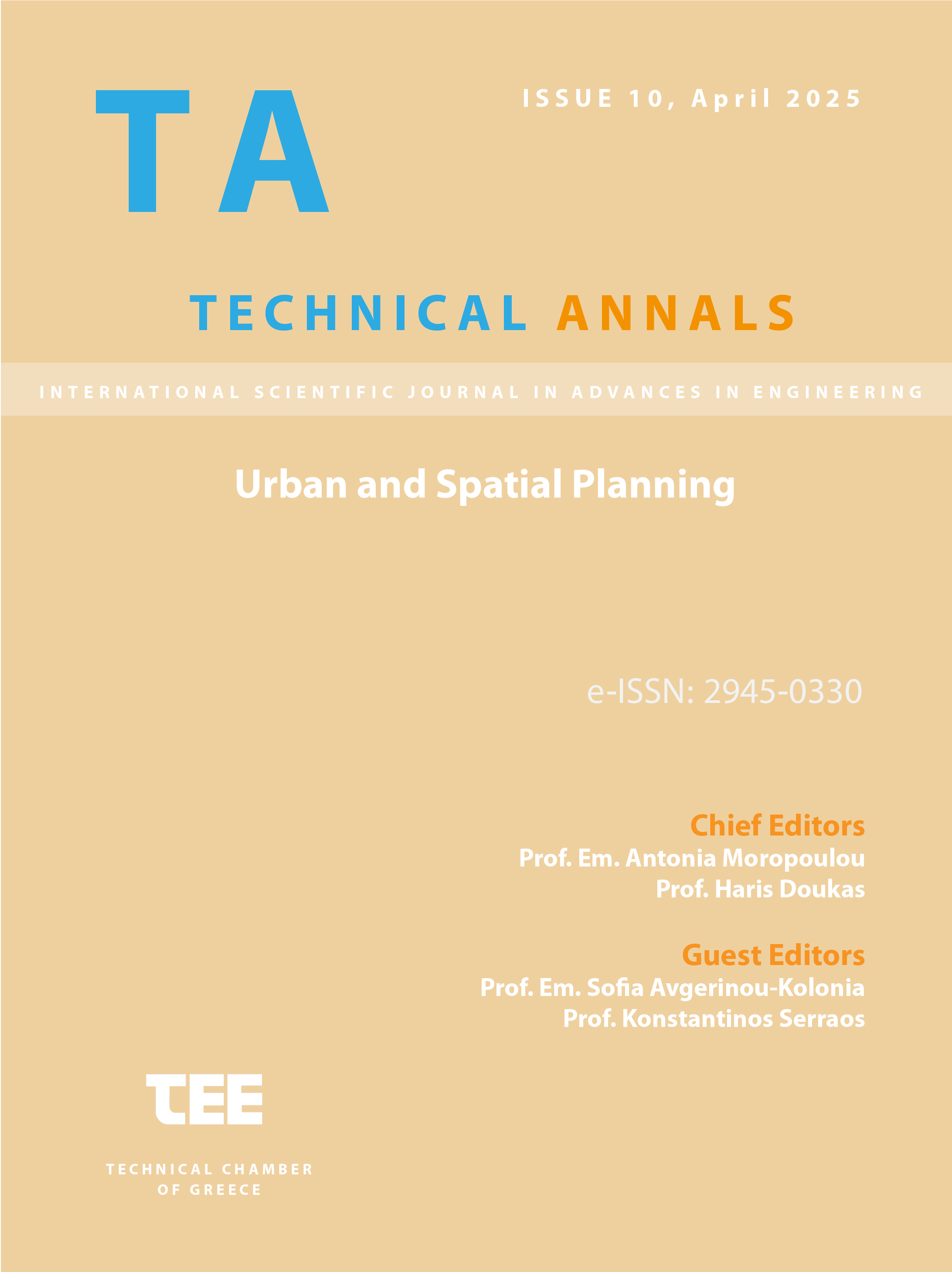Are Conservation Principles being implemented in Historic cities or not?

Abstract
This paper recommends eleven criteria regarding the conservation of urban heritage, through a review of UNESCO and ICOMOS doctrinal texts for the protection of historic cities. When comparing these conservation principles with the current conditions of many historic cities, it seems that many of them have been already adopted in a haphazard manner. Therefore, a holistic reporting approach is required to demonstrate how efficiently Historic Urban Landscape is being preserved. This approach integrates also the heritage conservation into the sustainable urban development, preserving not only the quality of the built environment but also traditional productive resources and the daily lives of local residents.Furthermore, through a survey of one of the oldest cities in Europe, Argos in the Peloponnese has been chosen as a case study to implement a comprehensive conservation status report based on the aforementioned criteria. Listed monuments, archaeological sites, historic districts, vernacular architecture, and other components of both intangible and tangible urban heritage have been assessed and organized within this framework. Therefore, by identifying valuable characteristics of the city alongside signs of vulnerability, stakeholders from public services, civil society, and the private sector can be informed and involved in the policy-making process.
Article Details
- How to Cite
-
Kartsonakis, I., & Klabatsea, R. (2025). Are Conservation Principles being implemented in Historic cities or not?. Technical Annals, 1(10). https://doi.org/10.12681/ta.40370
- Section
- Spatial Planning

This work is licensed under a Creative Commons Attribution-NonCommercial-ShareAlike 4.0 International License.


